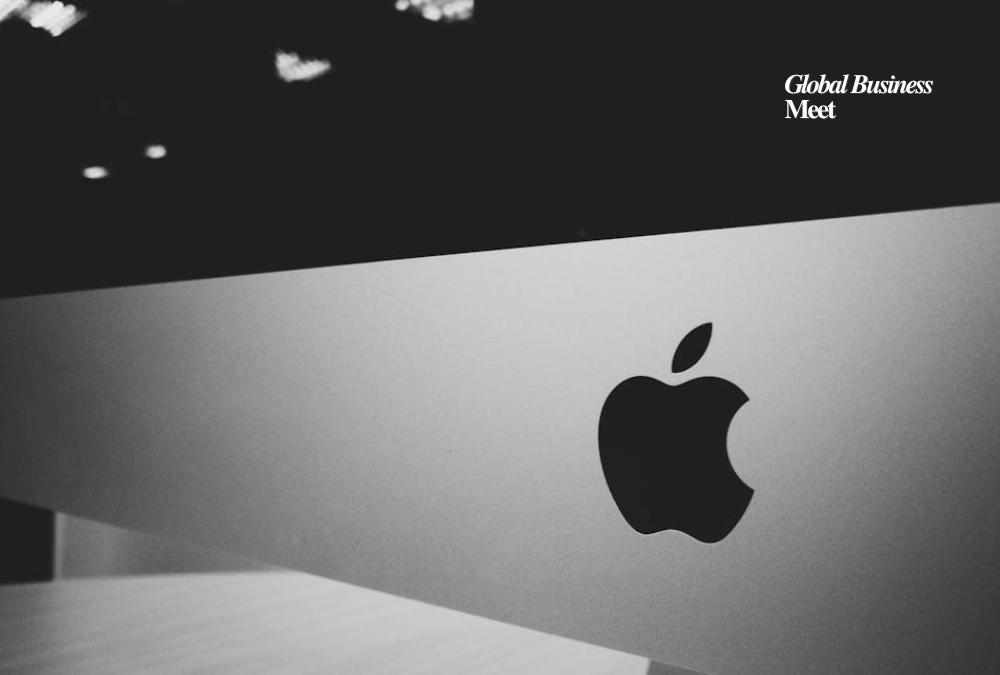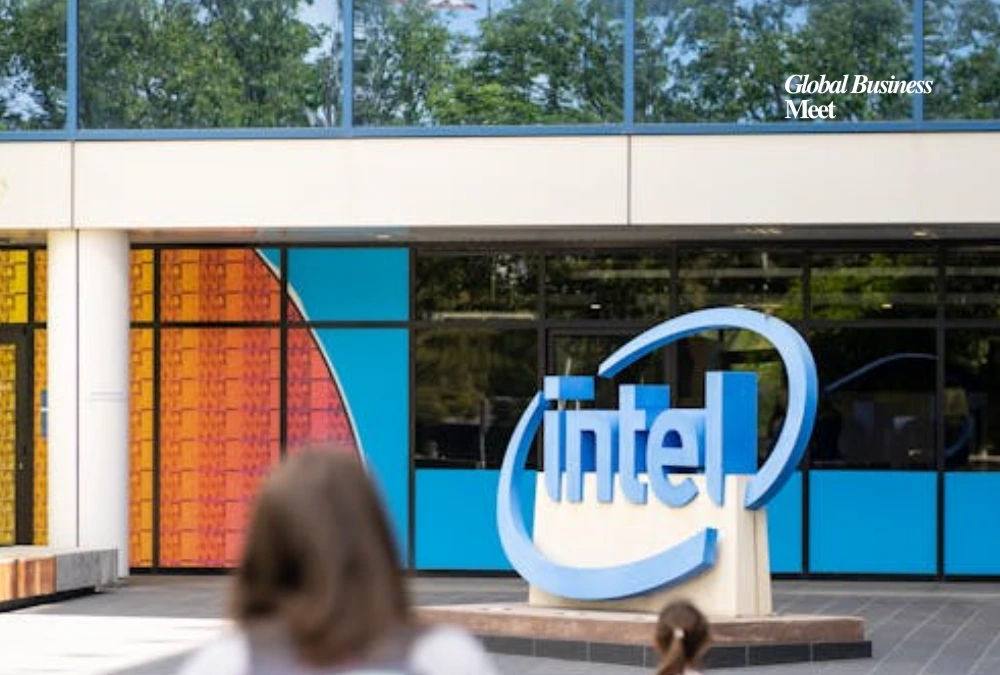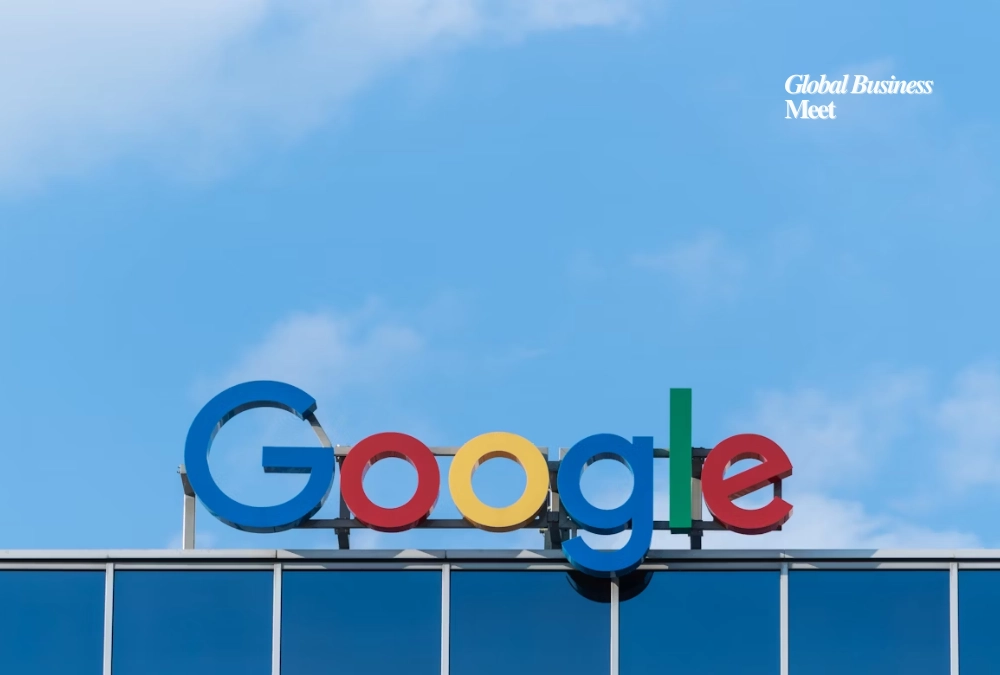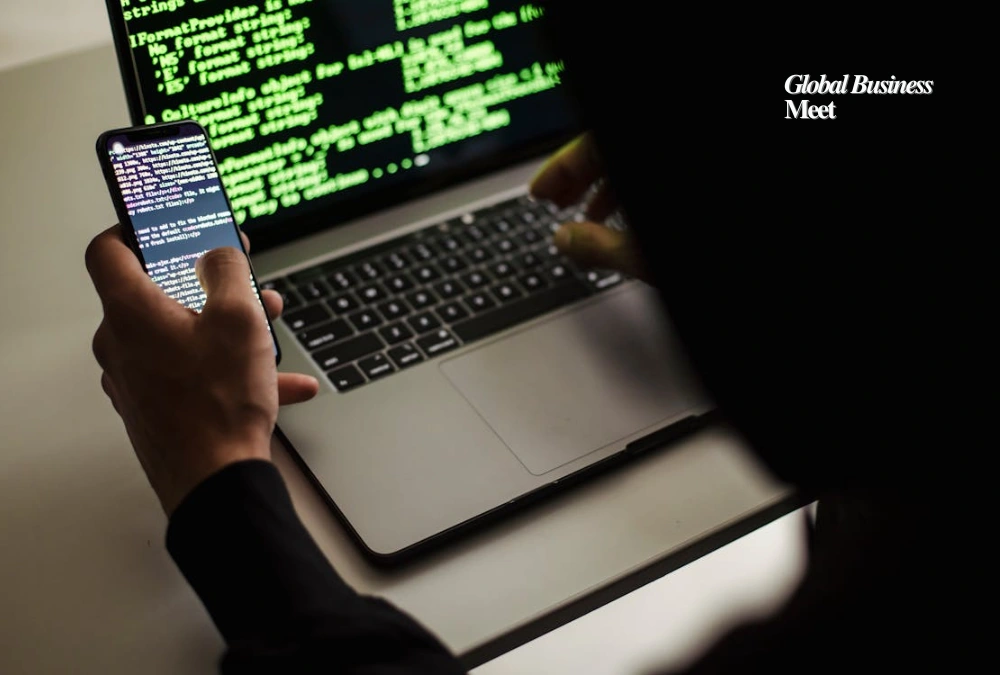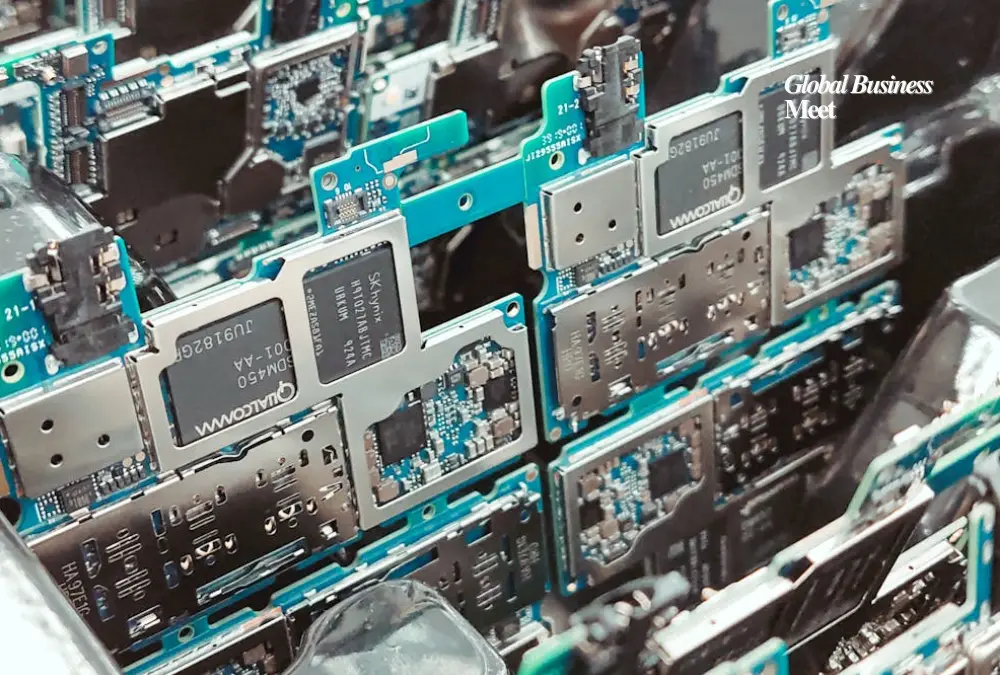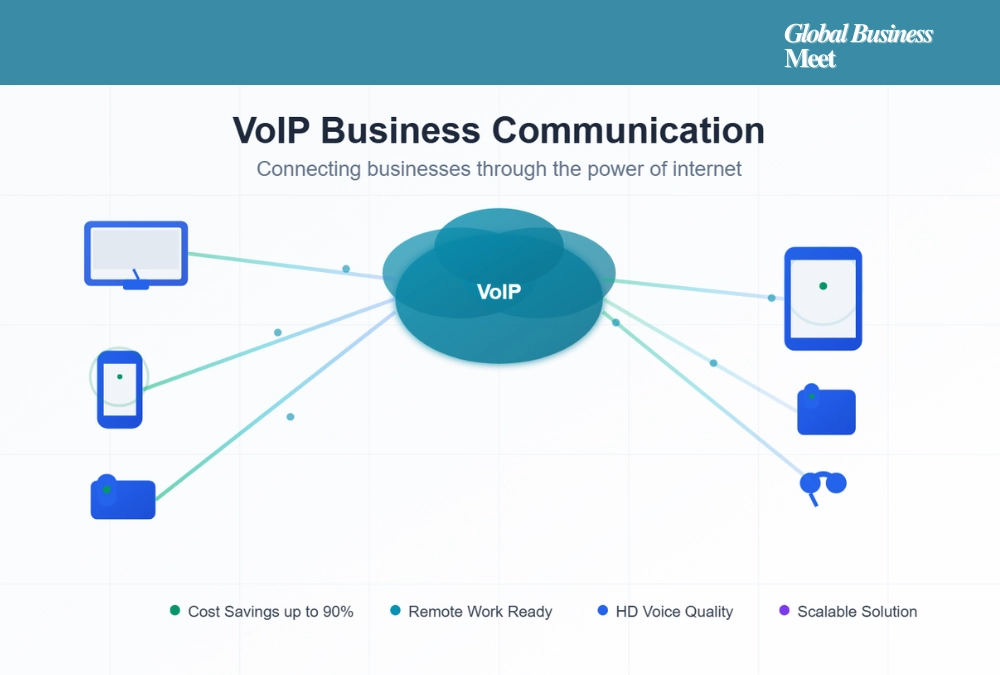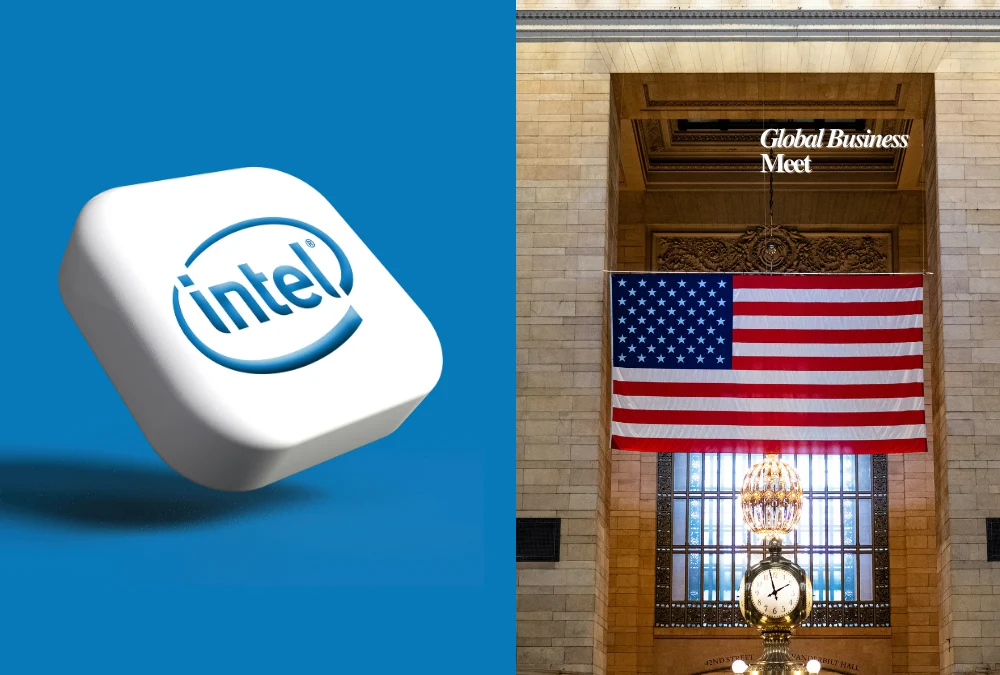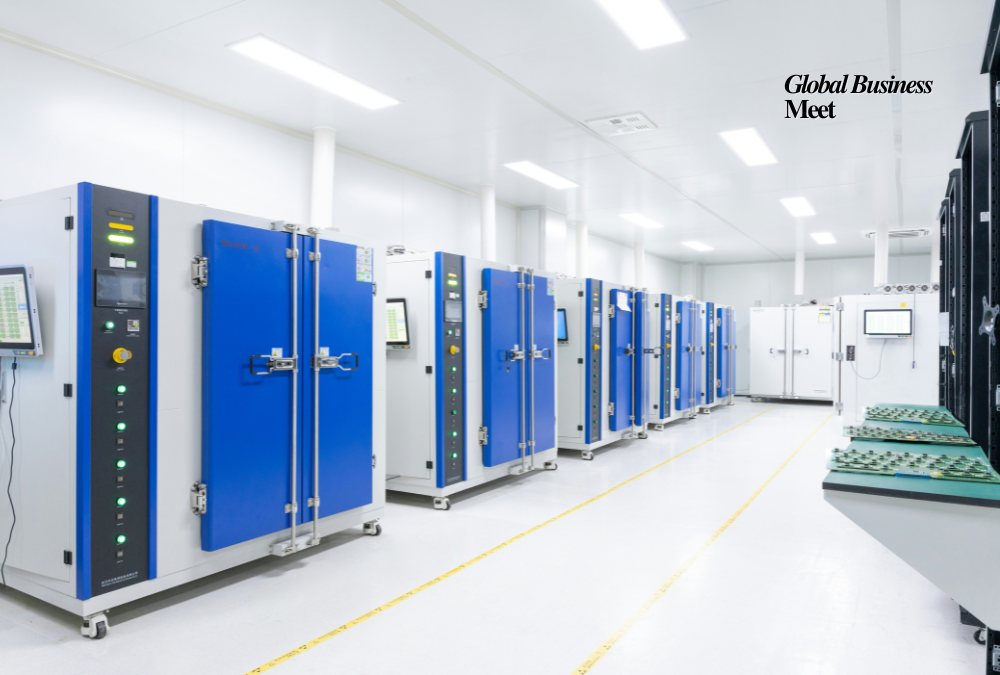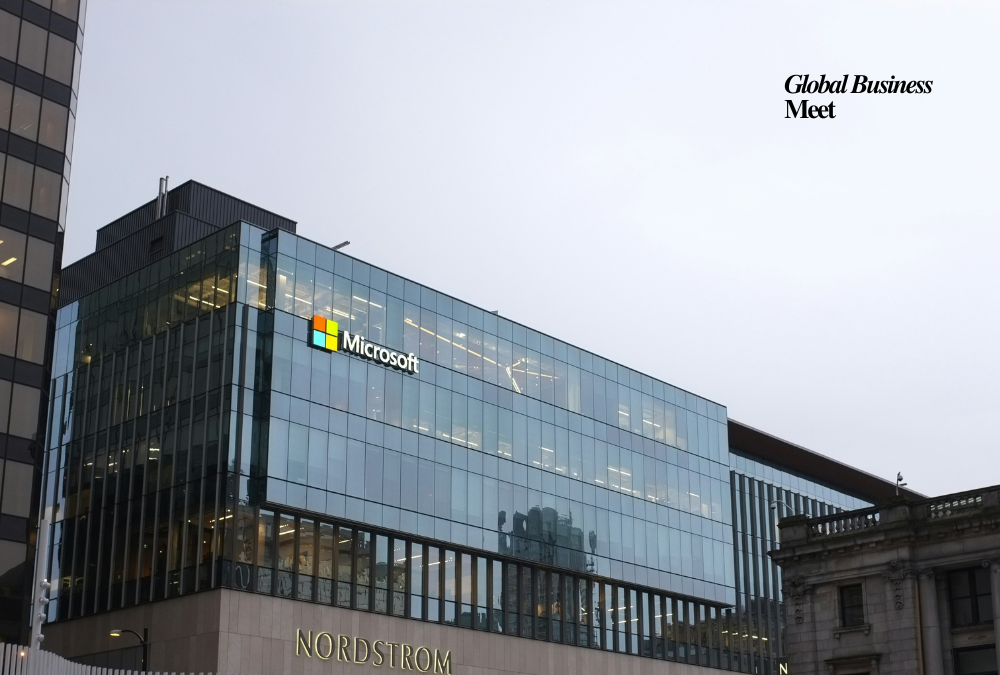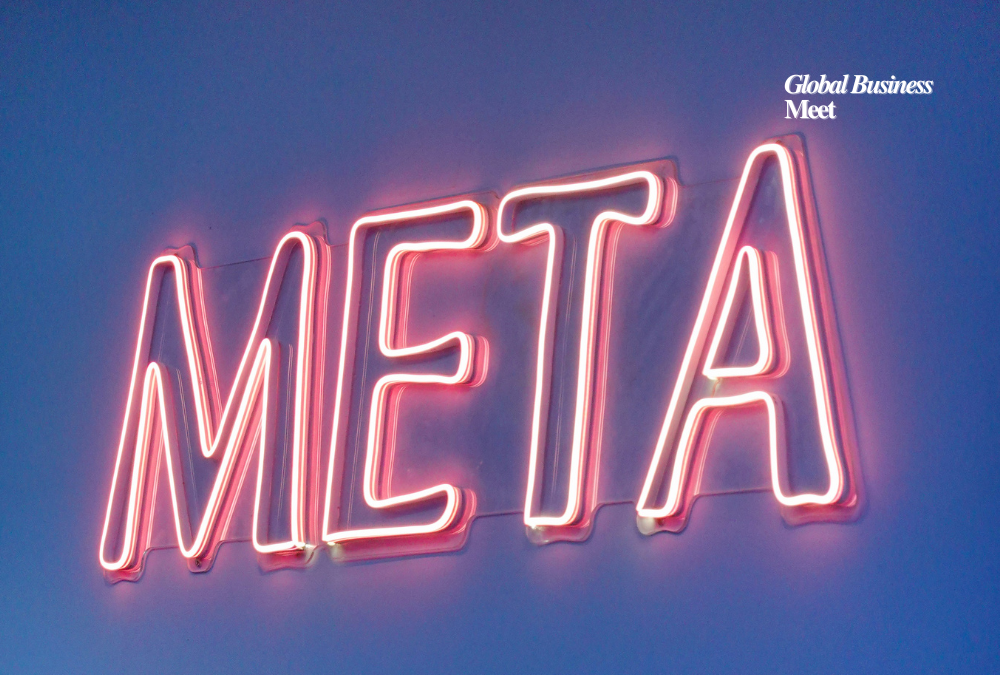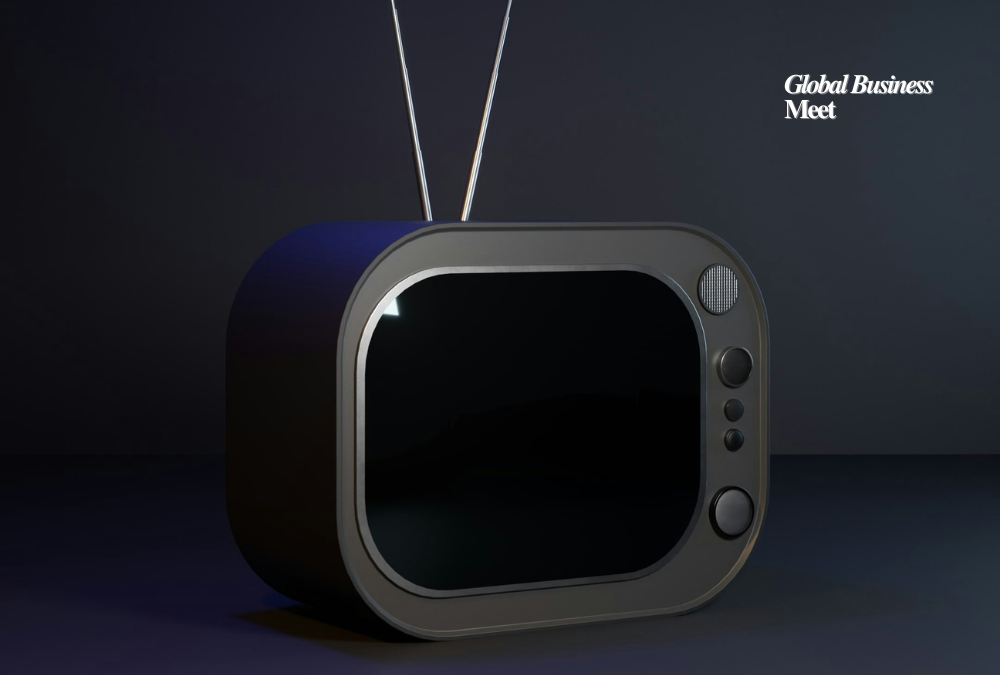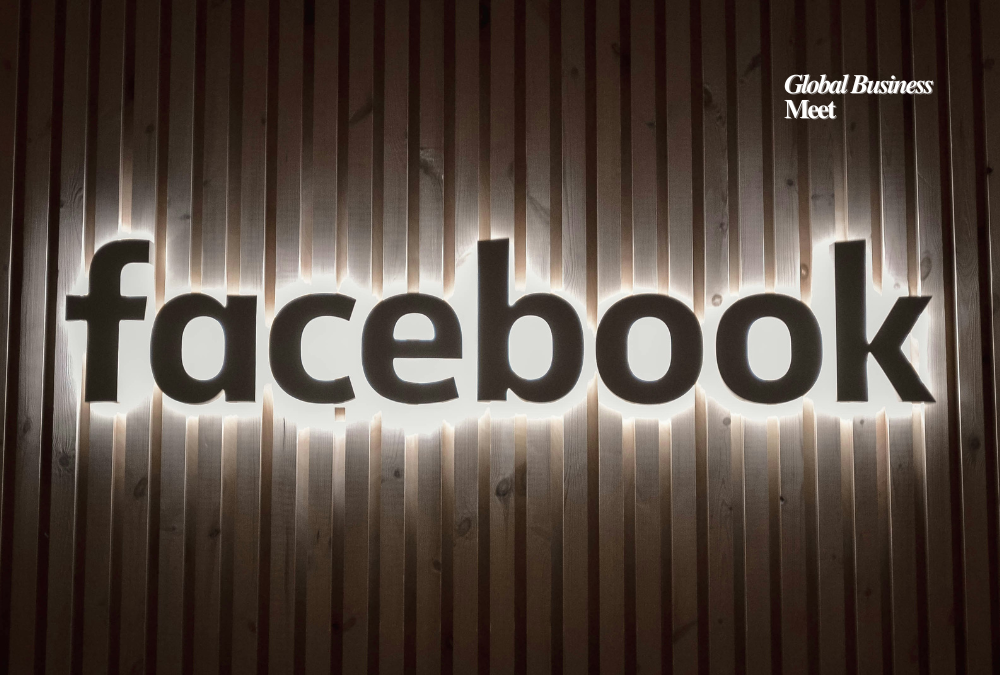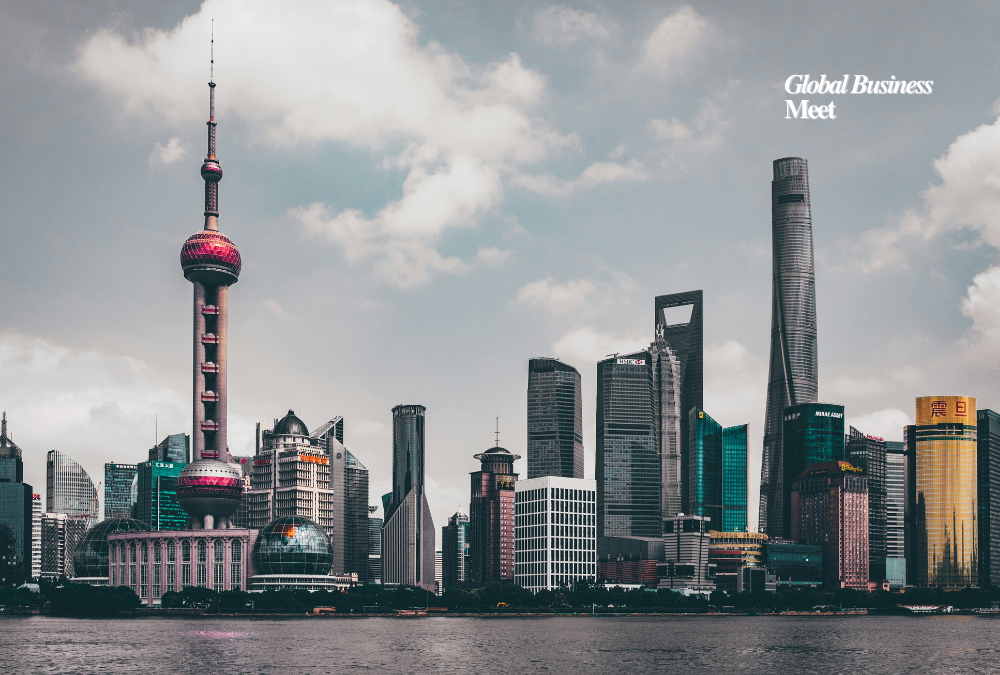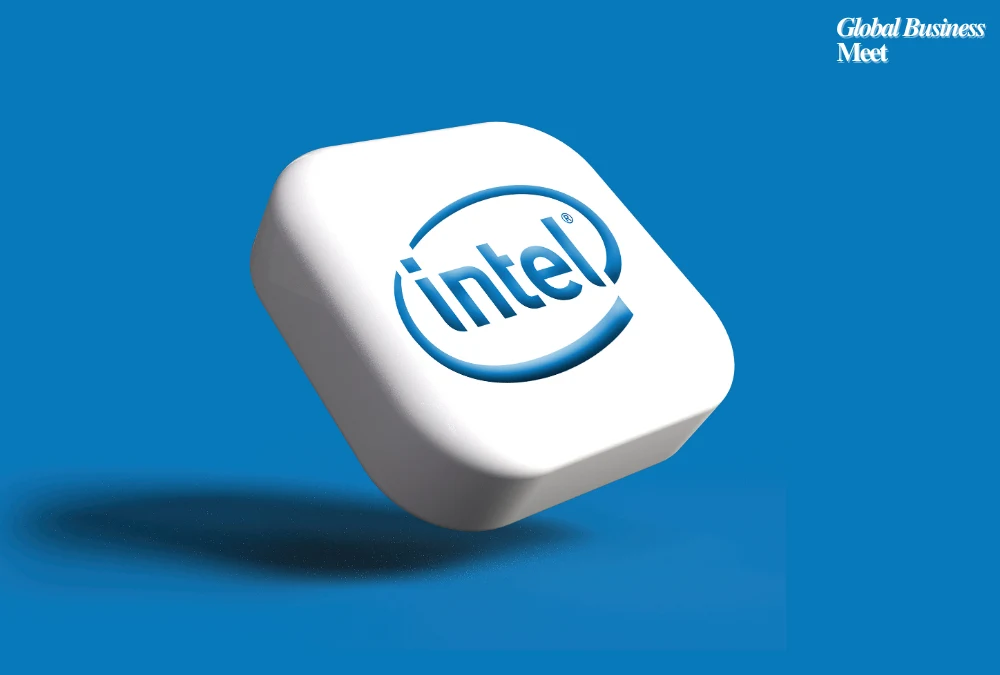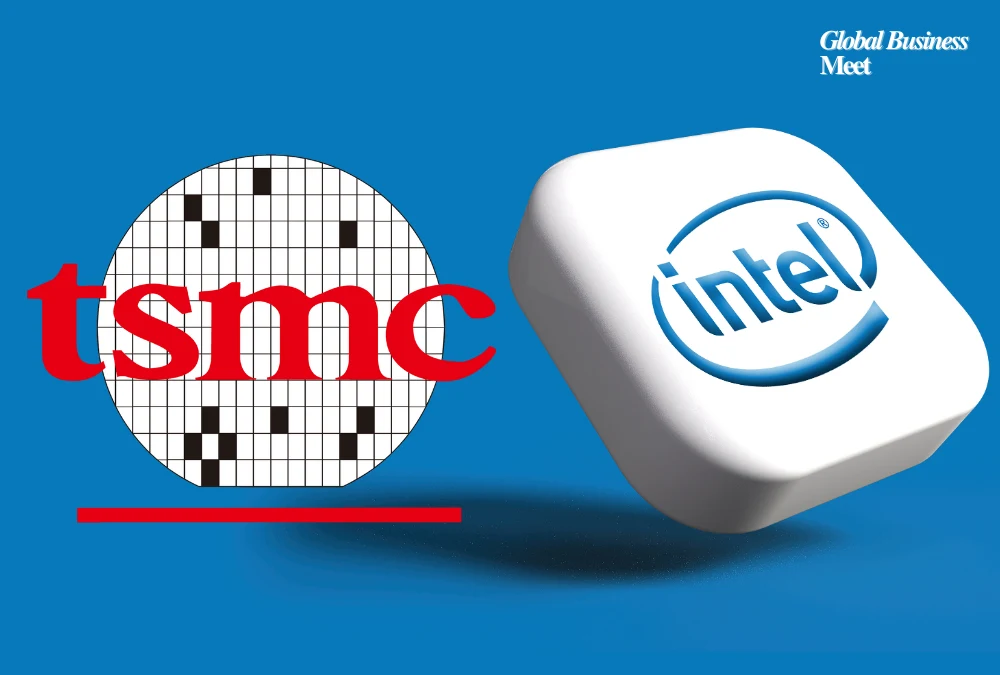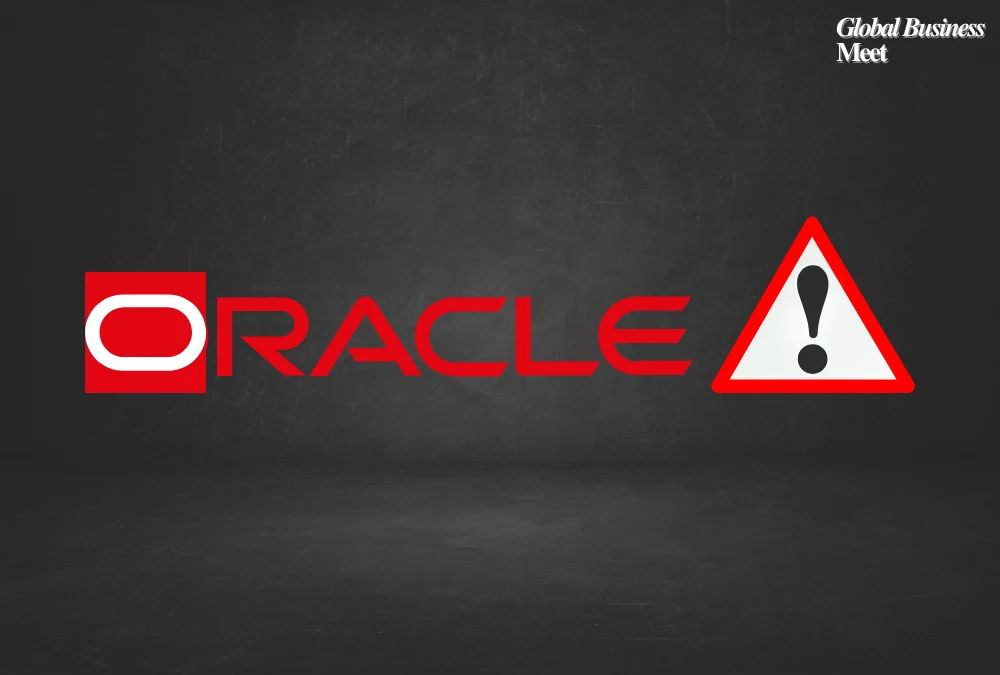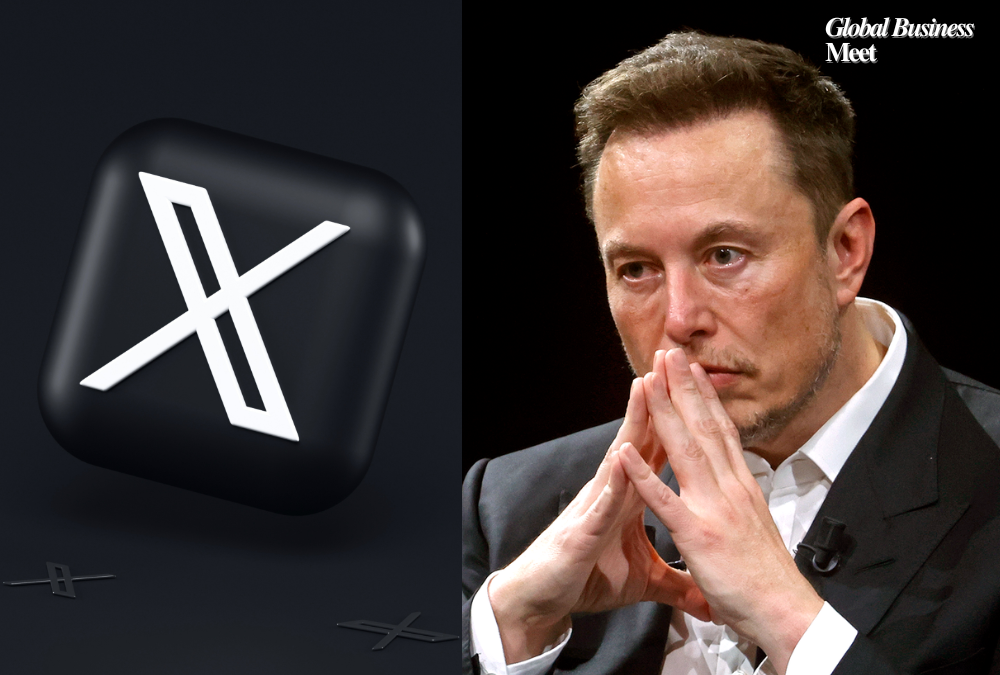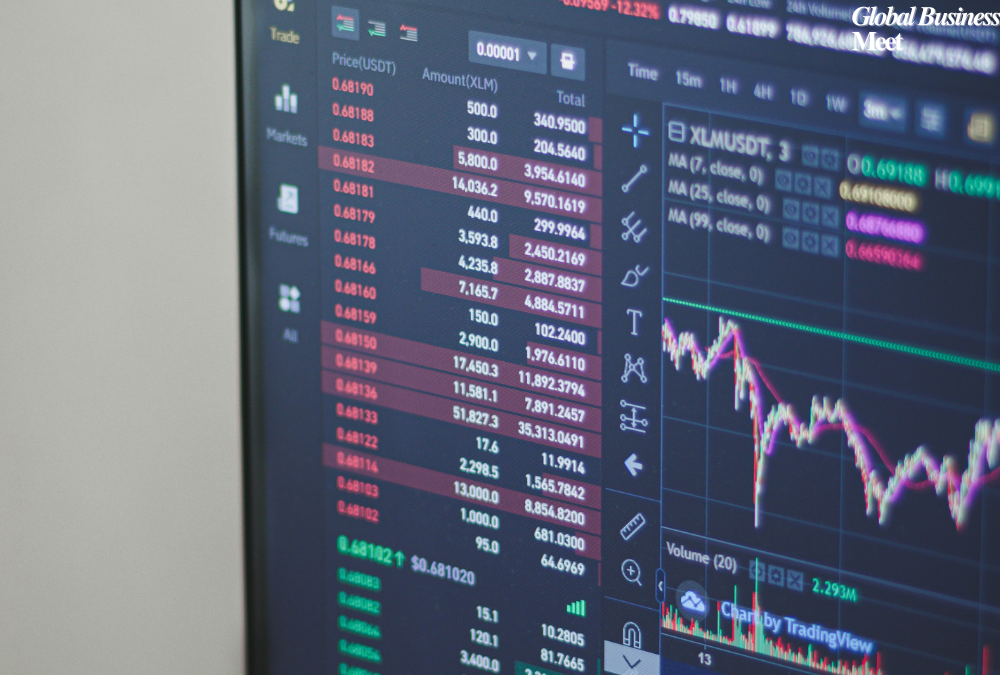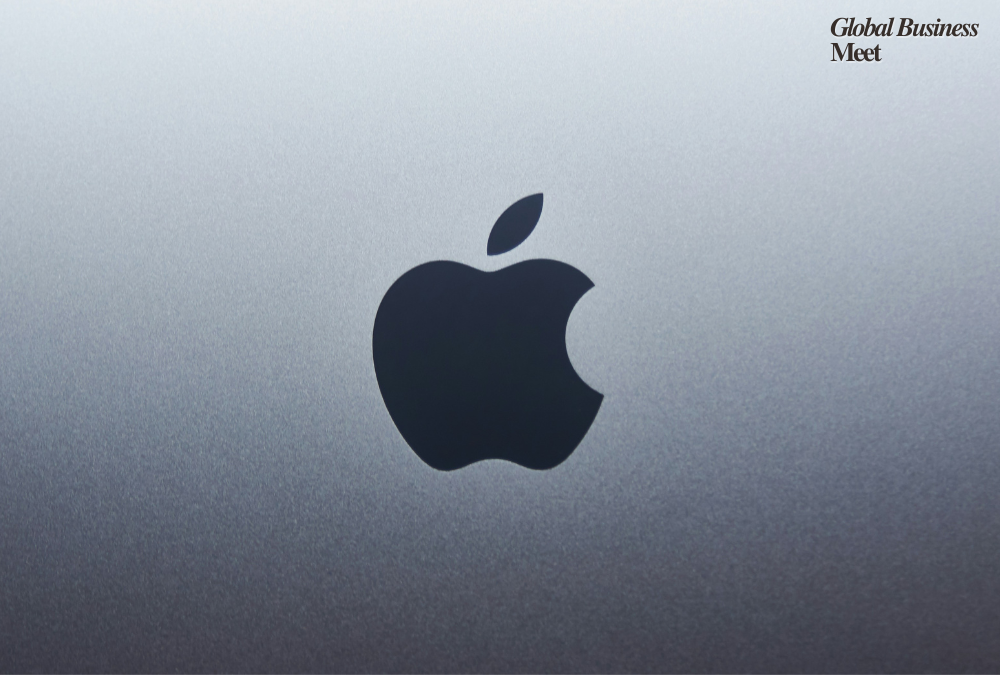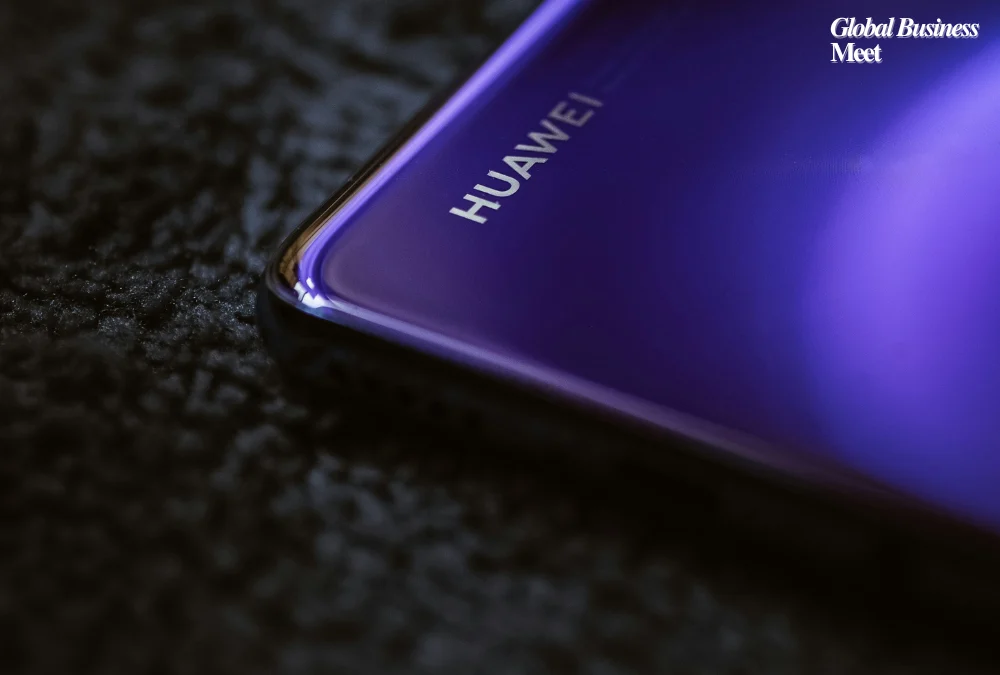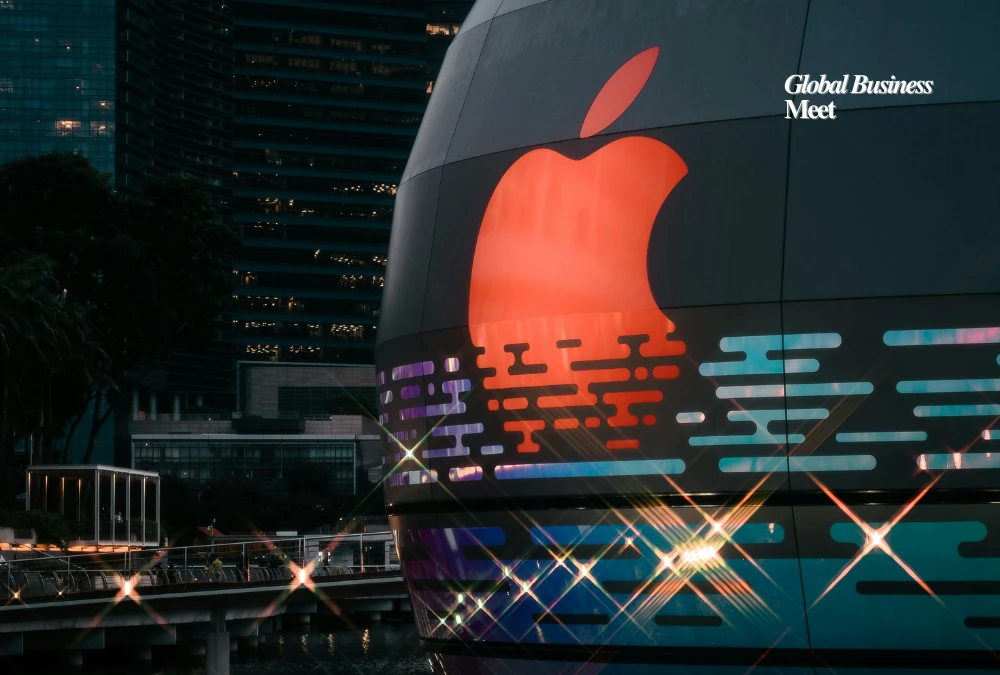
Apple is estimating another 1.1 billion in tariff expenses in the next fiscal quarter, a phenomenon that would affect its bottom line in an enormous way as well as its business model. It has been associated with the increasing trade tensions and the taxation of the elements and products being imported in the United States, mostly China and other manufacturing centers in Asia. Although Apple has not stated its most vulnerable products, analysts are of the opinion that the tariffs will affect high volume products like iPhones, iPads, MacBooks, and accessories.
The fact that the company operates this complex global supply chain also implies that its financial consequences can be significant in case of even minor tariff increase. Apple is having a hard time recalculating costs which has limited flexibility to make immediate cost adjustments since many of its suppliers have agreements which are long term. The company is now faced with difficult choices; to swallow these new costs, to transfer the new costs to the consumer by increasing the price of the products or speed up the plan of diversifying manufacturing beyond the tariff-rich areas. Apple has already been slowly moving part of the production to such countries as India and Vietnam, and this recent wave of tariffs could accelerate such plans.
Apple was projected to have a meager revenue growth of 3-5 percent per annum. But the sudden tariff bill of $ 1.1 billion would diminish most of such projected gain, by thinning its operating margins which were narrow at about 25%. This may impact the free cash flow and constrain funds to be made available to capital expenditures and R&D investments. The management is said to be reviewing its cost base and could provide finer guidance on the earnings until it is clarified what strategy they are going to pursue.
Apple will probably carry out some mitigating strategies to overpower this downturn. One is to accelerate the process of diversifying its supply chain to ensure that it is less reliant on Chinese production, another is to review scoring policy to strategically raise the prices on some of its flagship models, and another is to reduce its operational expenses in areas such as logistics and packaging. Also, company can utilize hedging techniques, i.e. forward contract to cushion against uncertainties when tariffs increase.
It may change the competitive environment as well. The competitors such as Samsung and Google could temporarily have the upper hand in case Apple decided to reimburse the tariffs without raising the price on the retail side. Nonetheless, they have strong brand loyalty, large service ecosystem, and Innovation capabilities that have been identified as a safety net. The company can also try to make a push to rely more on its services segment that is growing, like subscriptions and cloud service that have a higher margin than the sale of hardware.
This scenario brings into focus greater concerns about the economy as multinational companies must contend with protectionist trade practices and increasingly geopolitical risks. Area 51 Tariffs, custom delays, compliance cost are redefining world based on logistic, making firms think about where to source and where to manufacture. In the case of Apple, the issue is to maintain a balance between temporary financial burden and long term survival.
Investors are paying close attention to how Apple is coming out of this turbulence Researchers expect reduced revenue expectations in the upcoming report and a possible decline of EPS should the company be unable to counteract the increase of costs. Regardless, Apple is still one of the cash-wealthiest and tactically diversified companies in the world. These short-term headwinds can be an opportunity as long as the company is able to stay on top of the cost and maximize the strong ecosystem that it has nurtured.

